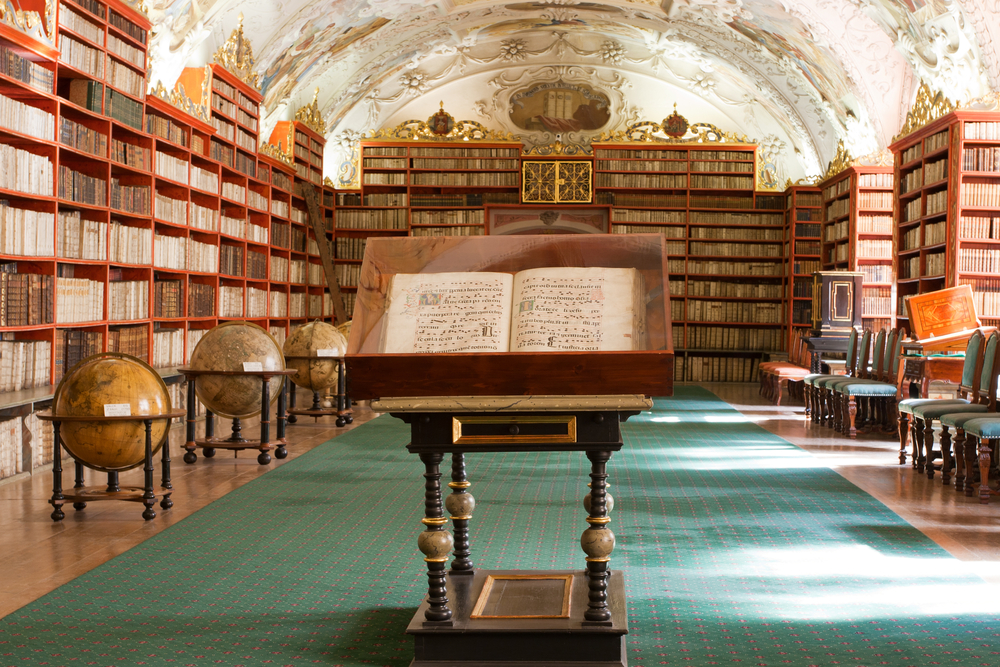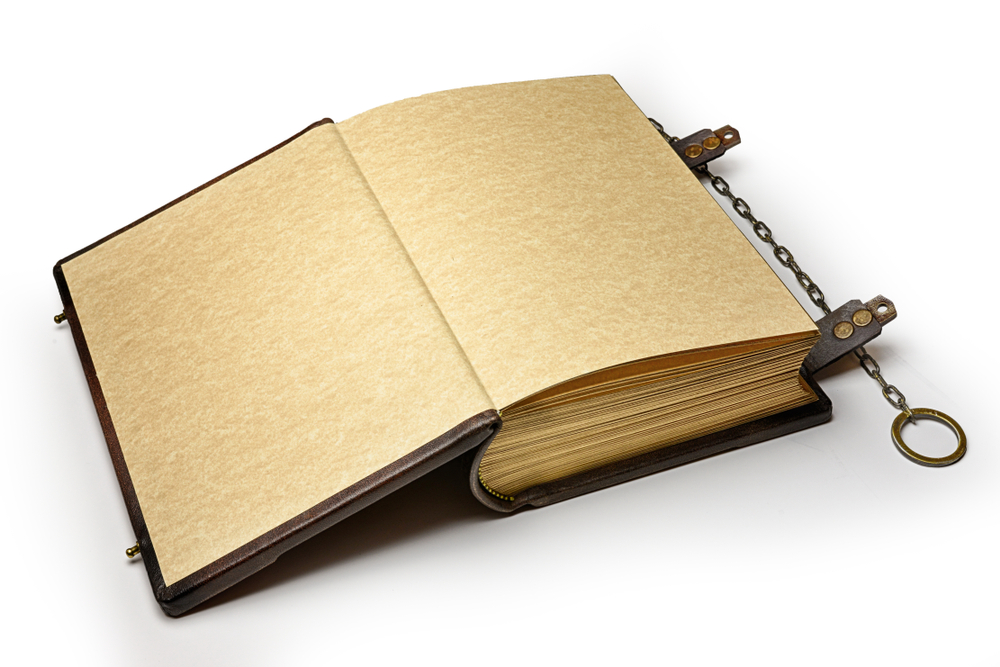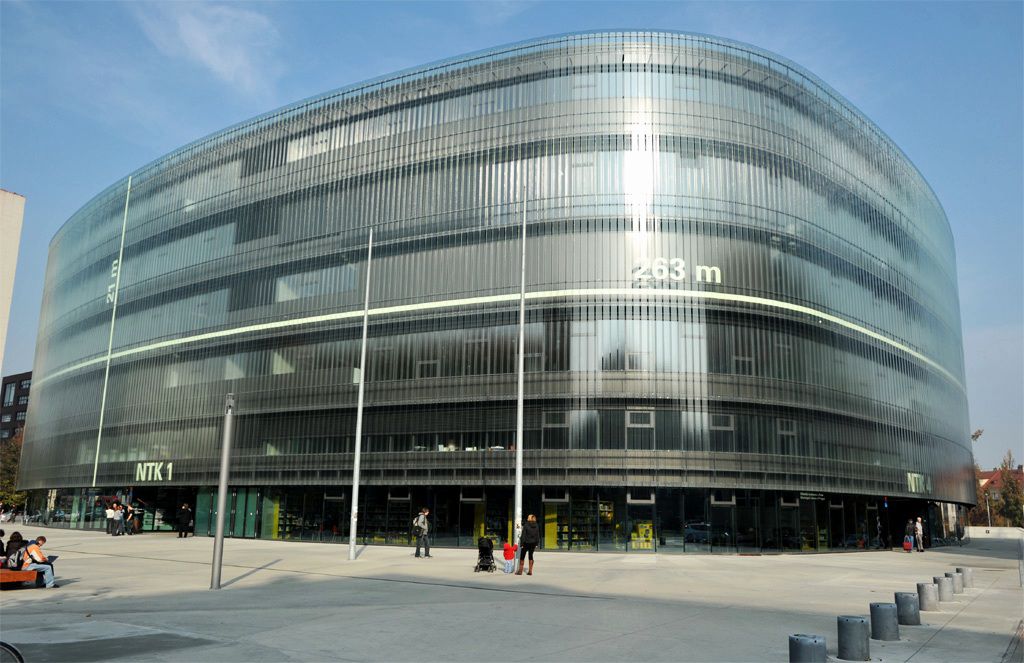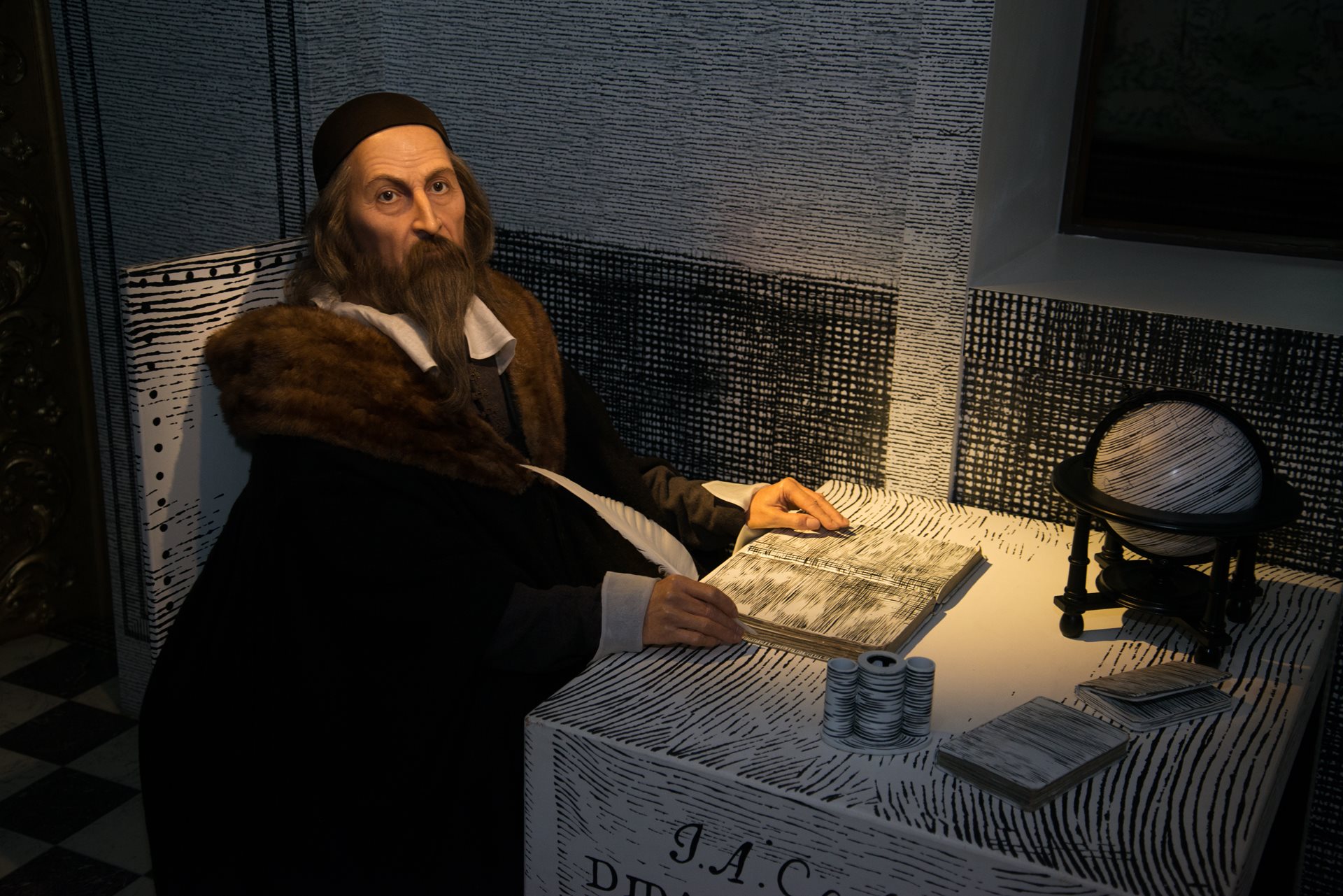While the world celebrates Book Day on April 23, the Czech Republic has been commemorating Book Month in March for almost 70 years. How did such a tradition originate? And what does the world of beautiful books, clever libraries, library rarities and curiosities actually look like? Together we will also look at the most beautiful library in the world, reveal the secrets of books held on chains and talk about one amazing map.
1. March - Book Month
March was first celebrated as Book Month in 1955. The aim was to bring books to all households, to all corners of our country and to the attention of as many people as possible. Under the previous regime, of course, it was a lot of Marxism-Leninism literature, but even then libraries and bookstores played a major role in the whole project, so many events, discussions or evenings of poetry were without ideological ballast. The plan was quite successful: libraries were established even in factories and smelters, which gradually led many enthusiastic readers and bookworms to municipal and city libraries. March remains the month of books to this day: various book fairs take place, publishing houses and bookstores come with advantageous title prices.2. The most beautiful library in the world
The Baroque Jesuit Library in Prague's Klementinum has many times been described as the most beautiful library in the world. It was built by the master of Baroque architecture Kilián Ignác Dientzenhofer, it was first opened in 1722 for the purposes of the Jesuit University and its appearance has not changed much since then. It contains 20,000 volumes of mostly foreign-language theological literature, while books with whitewashed spines and red marks have been here since the Jesuit era. In addition to the books, it is worth noting a collection of historical globes, among which are astronomical clocks. The Jesuit Library in Klementinum has become one of the cornerstones of the National Library of the Czech Republic, the largest library in the country and at the same time one of the oldest Czech public libraries. From 1782, the obligation for Prague book printers to send a copy of each book they produced to the Prague Library applied, from 1807 the obligation extended to printers throughout all Bohemia, and this still applies to publishers even in the modern times.
3. Records of Czech libraries
The oldest core of the historical collections of today's National Library are manuscripts of Charles University. Its founder Charles IV. in 1370 he dedicated 114 manuscripts from the estate of Vilém of Lestkov, including three codices. The oldest documents in the library are Greek papyri from the first century AD. The heaviest book in the Clementine collection is the Lobkovický Gradual, which weighs more than seventy kilograms, and the most valuable is the Vyšehrad Codex. According to researchers, it was intended for the royal coronation of king Vratislav II. from June 15, 1086, and so it is sometimes included in the Czech coronation jewels. Its value is estimated at one billion crowns.4. Books on chains
In some monastic libraries, books in the Middle Ages used to be spread out on reading counters and tied in chains. The so-called "Libri catenati" had to remain in the library and could not be taken away, at least not without the permission of the librarians. Only later did the books begin to be built vertically on the shelves, and the chains were gradually removed; traces of them today are usually only a small hole in the back plate or a metal eyelet. However, books on chains are rare in Czech libraries: they were discovered, for example, in the historical library of the town school in Jáchymov and in the library of the Franciscan monastery in Cheb.
5. The smartest library in the Czech Republic: National Technical Library
The most modern in the Czech Republic is the National Technical Library in Prague's Dejvice from 2009. It is not only modern, but also ecological, it does not need to be heated, and even on hot summer days it is usually sufficient without air conditioning. The entire building is supervised by a computer-controlled system that automatically maintains optimal climatic conditions in the interiors. The library stores over 230,000 volumes of technical literature (total capacity up to 660,000), in three underground warehouses there is space for another 1.2 million books. From the inside and outside, the library looks like a three-dimensional technical drawing, and on the stairs there is time information on how long it takes you to go up and how many calories you burn.
6. The most mysterious book
The most mysterious manuscripts besides the Devil's Bible or Voynich's manuscript include Liber sapientiae / The Book of Wisdom, a witch's book written in German and Latin. It was founded in the middle of the 18th century and its author even signed himself, but his identity is still shrouded in mystery: he used the fictional name of an adept of secret teachings. The manuscript summarizes the individual disciplines of the Hermetic sciences: theoretical magic, Kabbalah, alchemy, and later practical magic with instructions for invoking fallen angels and demons. The work is complemented by a number of instructional images, full of complex symbolism and hidden meanings. The journey that the book traveled to the National Library is also unusual: during the reign of Emperor Joseph II. she detained a financial guard at the smuggler's borders and confiscated his goods. A strange book was found among the detained contraband, of which the financiers were afraid. The emperor himself then ordered that it be placed in the Jesuit library in Prague and that it be shown to all visitors as a clear example of dark superstitions and harmful delusions.








-(1).jpg?width=1920&height=1204&ext=.jpg)

